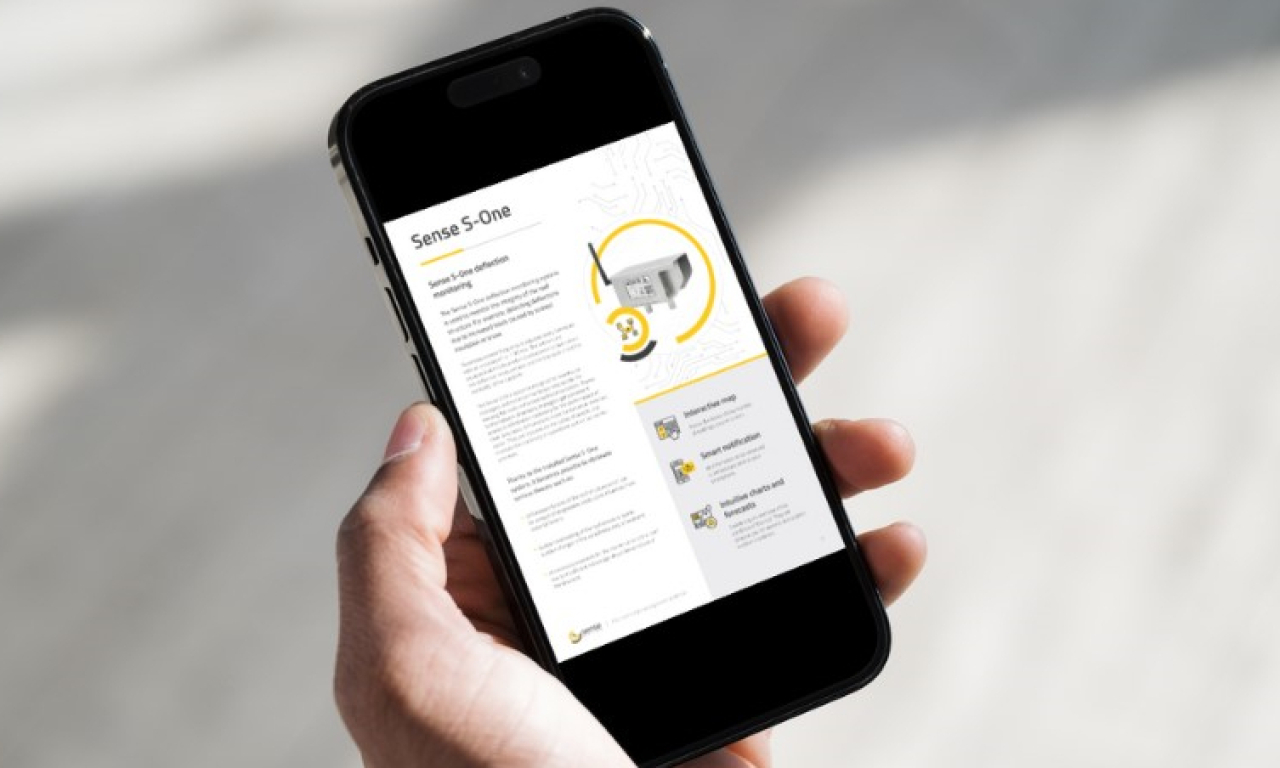Winter is a particularly difficult time for managers of large facilities. Of course, the biggest challenges are related to snowfall. Violent, intensive snowstorms result in large amounts of heavy snow deposited on the roof. But just as troublesome as snowfall are negative temperatures. That is why we have prepared an article for you in which we explain how frost and structural monitoring relate to each other.
EFFECT OF FROST ON SNOW MONITORING
In a properly prepared manual for snow removal from the roof, you can find precise information on when exactly the process of removing snow from the roof should be started. In general, it is recommended to start removing snow from a flat roof when 80% of the design snow load or 80% of the structure deflection occurs. As soon as this condition is recorded, the manager should make a decision on snow clearance, e.g., on the basis of notifications provided by Weather Alerts.
Problems for the facility manager start when the temperature drops below minus five degrees Celsius. Why is this value so important? Because in the vast majority of cases of membrane roofs, their warranty does not cover possible damage caused by climbing onto the roof at temperatures at or below minus five degrees Celsius. This is because under such conditions the membrane becomes brittle and therefore susceptible to damage.
So if the facility manager uses manual methods to measure the thickness of the snow cover, he faces significant challenges when frost occurs. It is not possible to accurately measure the thickness of the snow cover, which also makes it impossible to estimate the load. Thus, the manager does not have the necessary information with which he could make a reliable decision about the commencement of snow removal on the roof.
It is worth reminding that making a comparative measurement, e.g. on the ground, is not reliable. This is because snow on roofs distributes differently and usually remains longer. This phenomenon is related to the thermal inertia of well-insulated roofs.
EFFECT OF FROST ON SNOW REMOVAL FROM A FLAT ROOF
Negative temperatures also significantly hamper the very process of snow removal from the roof. In this case, the risk is twofold. The manager faces the risk of not only damaging the roof, but also losing the possibility to claim repair of the membrane under warranty. In addition to the fact that frost makes it impossible to access the membrane roof, when the temperature drops below minus five degrees, mechanical snow removal also risks extensive damage to the membrane. These result in leaks that are difficult to identify and expensive to repair.
So how to effectively manage the maintenance of a flat roof in winter and during frost? In order to take care of both efficient snow removal and the structure of the building?
FROST AND STRUCTURAL MONITORING – AUTOMATION OF MEASUREMENTS
In order to avoid climbing on the roof, it is worth investing in a system for automatic measurement of the structure’s condition. Installed sensors – for example, Sense S-One sensors – monitor the deflection arrow and the verticality of columns. The data collected is then made available in the Sense Smart Roof application. This provides the manager with convenient access to data at any time. The need to climb onto the roof is eliminated to a minimum. What is more, the precision of the measurements increases considerably. This is because electronic, high-precision devices replace humans.
DETAILED WEATHER FORECASTS AND ALERTS
Equally important for the safe monitoring of a building structure in freezing weather are the Weather Alerts available in the Sense Smart Roof app. Weather Alerts provide building managers of large buildings with automatic alerts when there is a risk of weather conditions that could threaten the structure of the building. Knowing about such a danger provides an adequate amount of time to prepare for the threat.
So you can see that the occurrence of frost has a significant impact on two processes that are key to the safe maintenance of a flat roof in winter. The first is the effective measurement of snow thickness and the second is the clearing of snow from the roof. Fortunately, new technologies come to the rescue of managers of large buildings. It is thanks to them that monitoring of building structure during frosty weather becomes possible and measurements become precise.
If you are interested in using solutions developed by Sense Monitoring (e.g. Sense S-One sensors or Weather Alerts in the Smart Roof Platform),please contact us.

